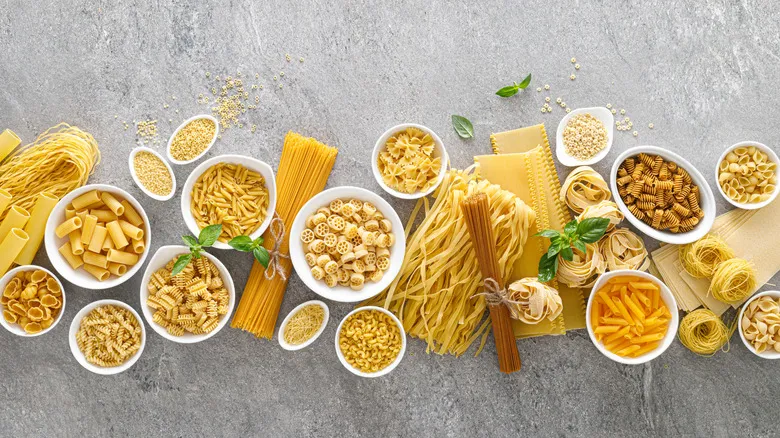More pros and cons of fresh versus dried pastas
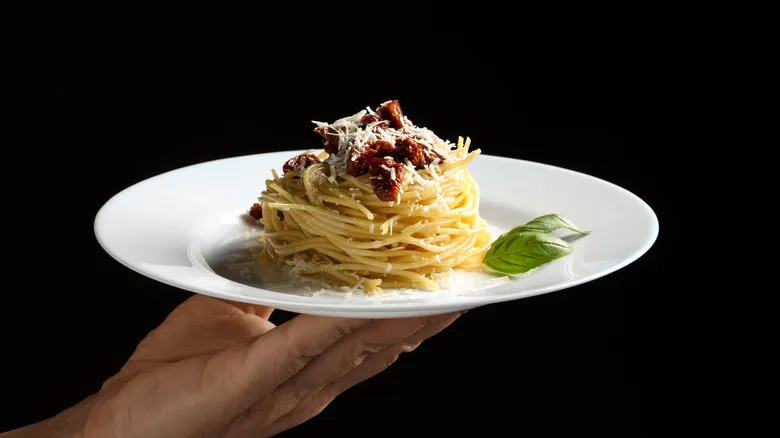
Fresh pasta is a treat for stuffed varieties like ravioli or tortellini, and it produces a delightful long strand in dishes like linguine or fettuccine. However, if you're preparing a baked dish or casserole, dried pasta is the better choice, as it can withstand longer cooking times without turning mushy. Dried pasta also provides greater versatility in texture, allowing you to cook it beyond the al dente stage for a softer bite, giving you more control over the final consistency of your dish. In contrast, fresh pasta cooks quickly and evenly, but its inherent softness makes it impossible to achieve that al dente texture.
Considerations such as storage and shelf life may influence your pasta selection. Fresh pasta needs refrigeration and is best consumed within a few days, while dried pasta, when stored properly in an airtight container in a cool, dark, and dry environment, can last for years. Moreover, if you're short on time, fresh pasta has the advantage, cooking in just two to three minutes, whereas dried pasta typically takes around eight to twelve minutes in boiling water. Regardless, there are several common pasta pitfalls to avoid, but by understanding the unique characteristics of fresh and dried pasta, you can navigate these potential missteps with ease.
Recommended
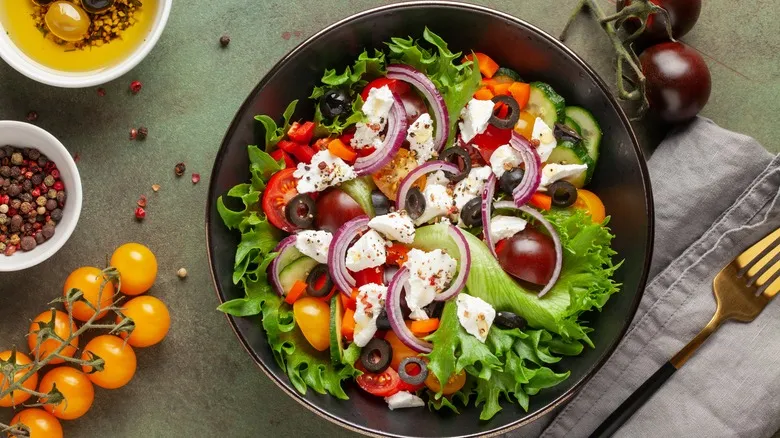
Add One Canned Ingredient To Your Greek Salad For A Flavorful, Satisfying Twist
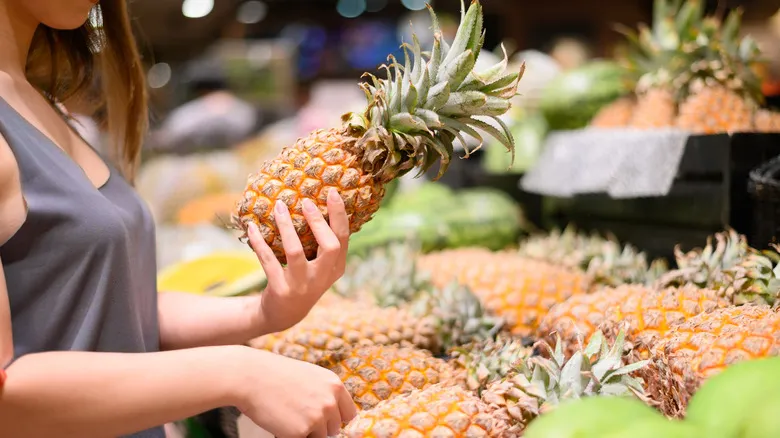
How To Pick The Best Pineapple At The Store Using A Simple Test
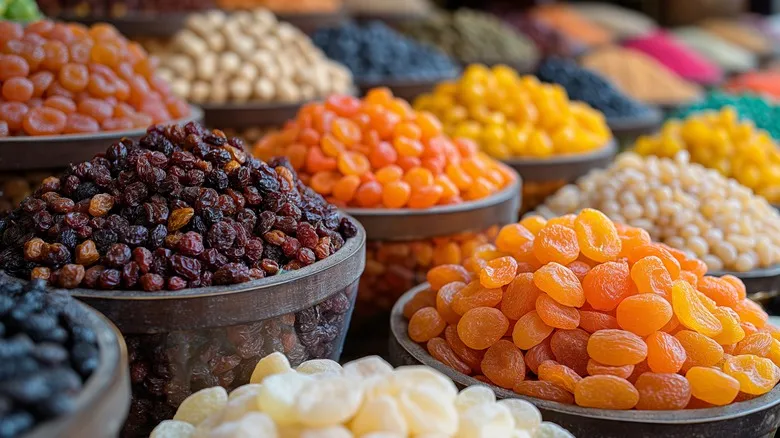
Keep Dried Fruit Fresher Longer By Storing It In The Proper Place
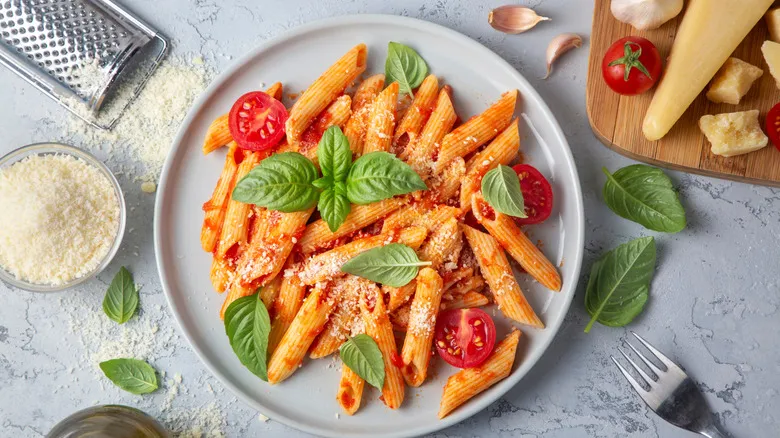
The Pasta Swap That Gives Your Favorite Recipes A Hearty Upgrade
Next up

